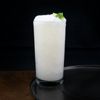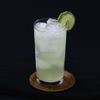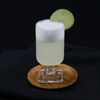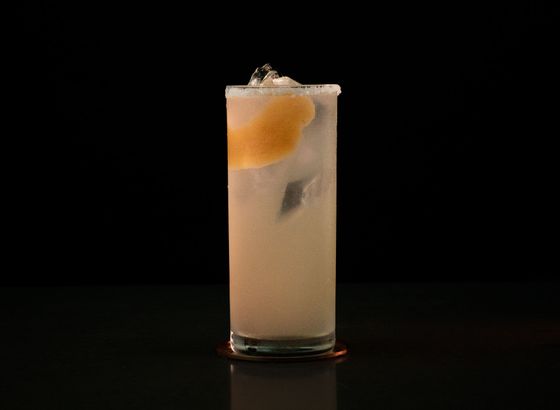
No. 204: Paloma
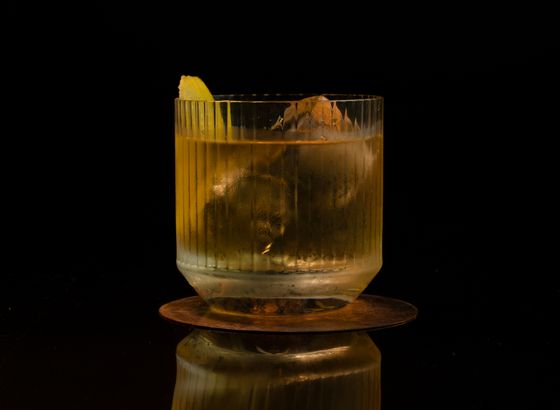
No. 224: Better & Better
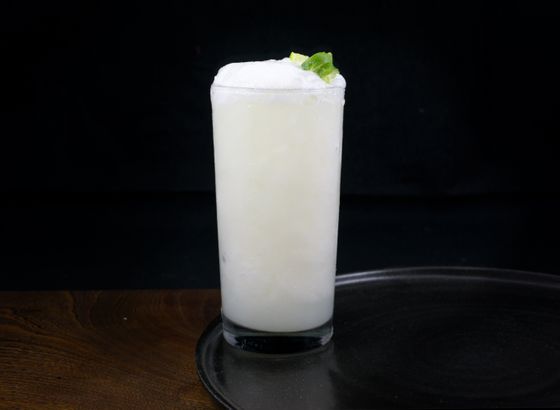
No. 58: Dressing Gown
tequila
A newer member of the cocktail base spirit club, tequila shines in almost any moment— but most when the days are long

Tequila is a member of the family of spirits derived from the agave plant. A fermented beverage known as pulque was consumed in central Mexico prior to European contact. This is the most frequently referenced descendent of both tequila and mezcal. Technically, all tequila is a variety of mezcal, a broader variety of agave spirit. However, mezcal is marketed as a stylistically distinct beverage and is popularly understood as a sibling—not a parent—of tequila.
Both distilled spirits are made from agave, but tequila is exclusively made from blue Weber agave and as a product of origin can only be produced in the state of Jalisco and some parts of Guanajuato, Michoacán, Nayarit, and Tamaulipas. It's made by steaming the heart, or piña, of the agave plant in above-ground ovens and distilling the liquid in copper pots. Mezcal, on the other hand, can be made from multiple types of agave and is traditionally made in various Mexican states. The spirit’s distinct process of roasting the agave in underground pits lined with burning hot rocks gives mezcal the signature earthy, smoky flavor. Much of mezcal is still artisanal in nature, produced using small-batch and ancient techniques. The result is a distinct expression of each agave used and terroir, and a category of spirit that offers a diverse range of flavors.
Mezcal and tequila varieties are defined and categorized by their aging period. Blanco, plata, silver—or in the case of mezcal blanco or joven—is unaged, but sometimes rested in neutral holding tanks for up to 2 months. Reposado is aged a minimum of two months, but less than a year in oak barrels. Añejo is aged a minimum of one year, but less than three years in small oak barrels. Finally, the more recently established tequila category of Extra Añejo is aged a minimum of three years in oak barrels.
Although these spirits have been produced for centuries, they have a less storied history in the cocktail world. One would be hard pressed to find someone unfamiliar with the Margarita, and a few modern classics have entered the canon like the Oaxaca Old Fashioned, yet there are still too few agave spirit-based cocktails considered standards. We typically emplo blanco and reposado interchangeably; however a purist may disagree. Pricier, more complex anejo and extra anejo are best reserved for sipping, and can overwhelm many mixes. Reserve anejo for the first time you try a drink that specifically calls for it or when you’re feeling indulgent. In recent years, bartenders have embraced mezcal, both in original cocktail recipes and in variations of classic concoctions like the Oaxaca Old Fashioned.
blanco tequila • 10 recipes »
Blanco tequila is unaged, though sometimes rested in neutral holding tanks for up to two months, resulting in a vegetal expression of agave. Depending upon the region or elevation the agave is grown in, the resulting spirit can range in flavor from sharp, fresh and grassy to tangy and sweet. Reach for the higher quality 100 percent agave tequila, with no added sugars (as opposed to the inferior mixtos: made from a mix of agave and other sweeteners). Blanco’s fresh expression of the agave plant blends wonderfully in citrusy Margarita style drinks. For the pitcher drinking Margarita lover, they’re conveniently also the most affordable.
reposado tequila • 15 recipes »
Reposado tequila spends between two months and one year maturing in oak barrels. As with other spirits aged in casks, tequila takes on the flavors of the wood, while the harshness of the alcohol mellows. The result is a smooth, spiced, slightly sweet spirit that inches closer in flavor to other oak aged spirits like whiskey. Reposado strikes a balance between the bright agave notes of blanco and spicy, subtle oak sweetness of barrel aging, making it a very versatile option. They work equally well in citrusy drinks as well as spirit forward drinks, and are full bodied enough to stand up nicely alongside mezcal’s aggressive flavors in a split base. Employ reposado in drinks requiring more spice or vanilla notes, such as the festive Stardust, or a split base like the Si-Guey. Only minimally more expensive than blanco, reposado is a great way to add aged complexity without breaking the bank.
mezcal • 10 recipes »
Most mezcals on the market are blancos, and this is our go to for mixing. There is a wide variety of flavor available, ranging from the signature earthy smoke, to a brighter, floral profile—a delicious example of which is Alipus San Andre. The spirit’s smoky, briny flavors are too intense in large doses and are instead often used alongside tequila as a split base or applied in small amounts as a modifier. The small dose application is also convenient given mezcal's higher price tag.


No. 224: Better & Better

No. 214: Ghost Coast













